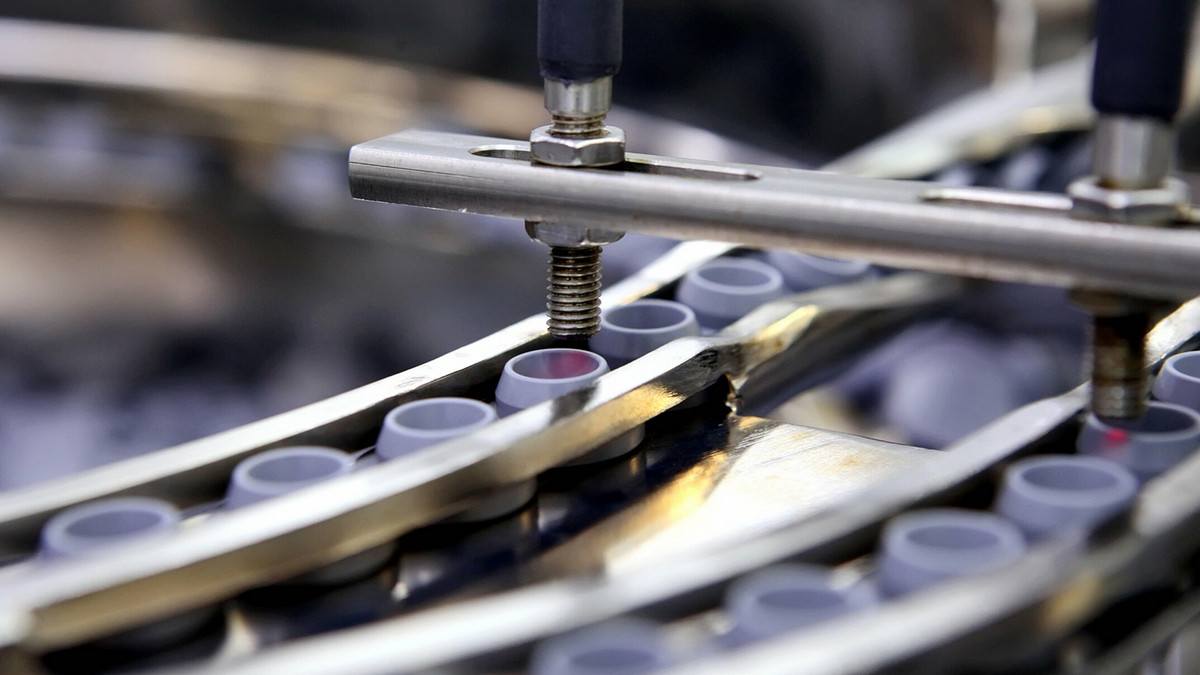Packaging involves all walks of life. Manufacturers that produce physical products and need to enter the circulation field all need packaging processes, especially in light industry, and packaging equipment is indispensable. With the development of all walks of life, more and more industries use packaging equipment to reduce the labor intensity of the packaging process, improve product quality, reduce investment costs, and improve the labor environment. In the following, we are going to learn more about the common classifications of packaging equipment.
Packaging equipment refers to equipment that can complete all or part of the packaging process of products and commodities. The packaging process includes main processes such as filling, wrapping, and sealing, as well as related pre- and post-processes, such as cleaning, stacking, and disassembly. In addition, packaging also includes processes such as measuring or stamping on the package. The use of mechanical packaging products can improve productivity, reduce labor intensity, meet the needs of large-scale production, and meet the requirements of cleanliness.
The classification of machines that complete all or part of the packaging process in packaging equipment is as follows:
1. Filling Machine
1.1 Volumetric filling machines, including: measuring cup filling machines; air flow filling machines; plunger filling machines; screw filling machines; metering pump type filling machines; intubation filling machines.
1.2 Weighing filling machines, including: single weighing bucket weighing filling machines; combined weighing and discarding filling machines; continuous weighing and discarding filling machines.
1.3 Counting filling machines, including: single-piece counting filling machines; multi-piece counting filling machines; timing filling machines.
2. Filling Machine (for Liquid Product)
A machine that dispenses a predetermined amount of liquid product into a packaging container.
Include: isobaric filling machines; negative pressure filling machines; atmospheric filling machines; pressure filling machines.
3. Sealer
A machine that seals the container after the product is placed in the packaging container.
Include: hot press sealing machine; fusion welding sealing machine; gland sealing machine; plug sealing machine; screw sealing machine; crimping sealing machine; pressure sealing machine; suture sealing machine; ligation sealing machine.
4. Wrapper
A machine that wraps part or all of the surface of a product with wrapping material.
4.1 Semi-wrapper wrapping machine.
4.2 Full wrap wrapping, including: fold wrapping machine; kink wrapping machine; seam wrapping machine; overlay wrapping machine; wrapping machine; stretch wrapping machine; shrink wrapping machine; body wrapping machine;
5. Multifunctional Packaging Machine
A machine that can complete multiple packaging processes.
5.1 Forming-filling-sealing machines, including: box (box) forming-filling-sealing machines; bag forming-filling-sealing machines; stamping-forming-filling-sealing machines; thermoforming-filling-sealing machines.
5.2 Others, including vacuum packaging machines; inflatable packaging machines; blister packaging machines.
6. Labelling Machine
A machine that uses adhesive or other means to display a label on a package or product.
Include: adhesive labeling machine; sleeve labeling machine; labeling machine; hanging labeling machine; shrink labeling machine; self-adhesive labeling machine.
7. Washing Machine
Machines that clean packaging containers, packaging materials, packaging, and packaging to achieve the desired cleanliness requirements.
Include: dry cleaning machines; wet cleaning machines; mechanical cleaning machines; electrolytic cleaning machines; ionization cleaning machines; ultrasonic cleaning machines; combined cleaning machines.
8. Dryer
A machine that removes moisture from packaging containers, packaging materials, packaging aids, and packages, and performs intended drying.
Include: thermal dryers; mechanical dryers; chemical dryers; vacuum dryers.
9. Sterilizer
A machine that kills harmful organisms on products, packaging containers, packaging materials, packaging aids and packaging to reduce them to the allowable range.
Include: high temperature sterilizers; microwave sterilizers.
10. Bundler
Binding products or packages with straps or ropes, then tighten and melt the two ends of the straps by thermal effect or connect them with materials such as buckles.
Include: mechanical strapping machines; hydraulic strapping machines; pneumatic strapping machines; belt strapping machines; strapping machines; compression balers.
11. ULD
A machine that integrates or disassembles packaging units to form a suitable handling unit.
Include: container machines; stacking machines; demolition machines.
12. Auxiliary Packaging Machine
Machines that perform non-essential packaging operations on packaging materials, packaging containers, packaging aids and packages.
Include: printers; finishing machines; inspection machines; sorting machines; conveyors; feeding machines.







.png)






